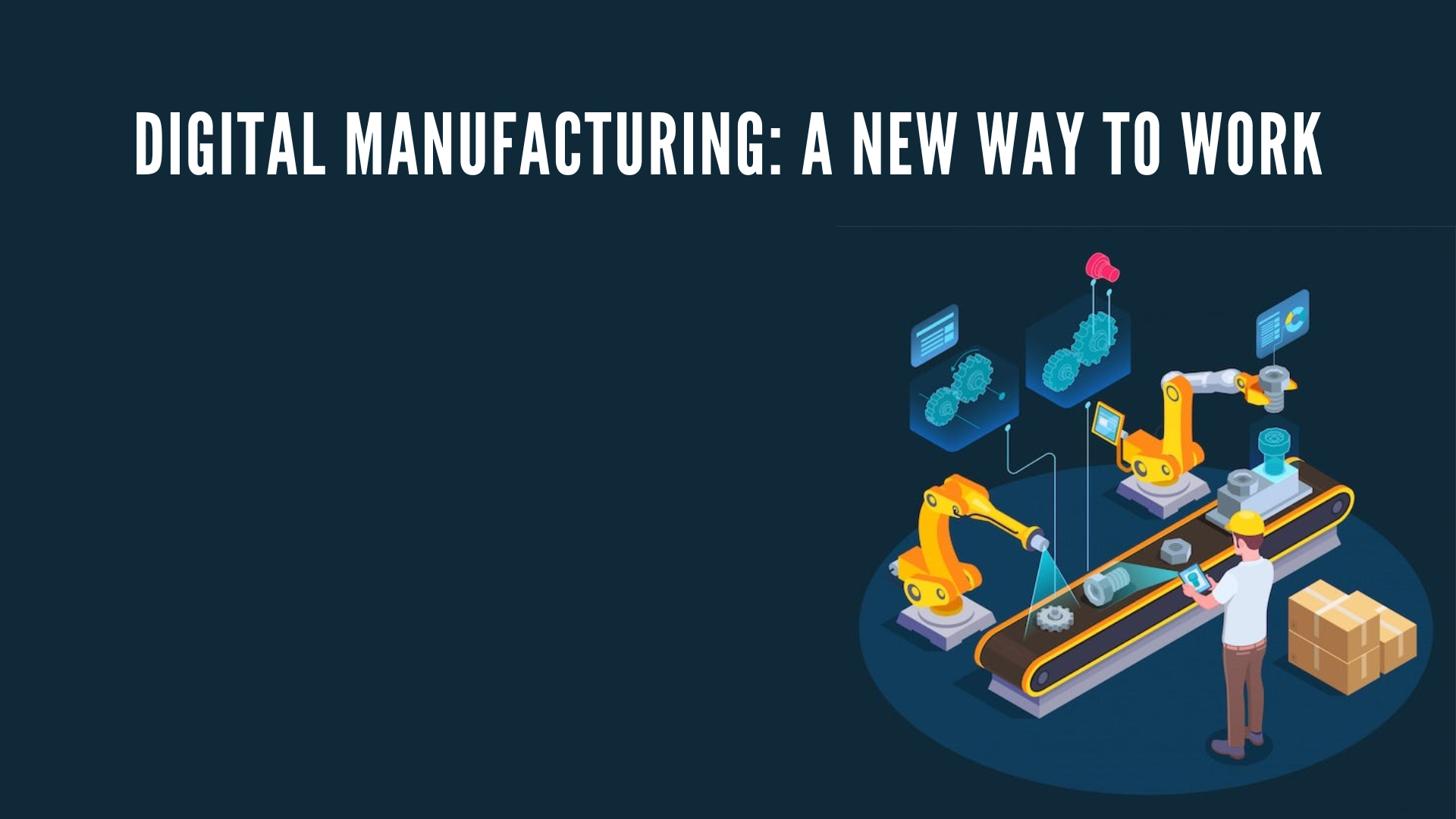The digital revolution has transformed industries worldwide, and manufacturing is no exception. Digital manufacturing, the integration of digital technologies into manufacturing processes, is reshaping how products are designed, produced, and maintained. This transformation is not just a technological upgrade but a profound shift in how we work, opening up new possibilities for efficiency, customization, and innovation.
What is Digital Manufacturing?
Digital manufacturing is the use of advanced digital technologies to improve manufacturing processes. This includes:
- Computer-Aided Design (CAD): Software that enables the creation, modification, and optimization of product designs.
- Computer-Aided Manufacturing (CAM): Systems that use digital data to control manufacturing processes.
- Additive Manufacturing (3D Printing): Building products layer by layer from digital models.
- Industrial Internet of Things (IIoT): Connecting machines and devices to collect and exchange data in real-time.
- Artificial Intelligence (AI) and Machine Learning (ML): Using algorithms to optimize processes and predict maintenance needs.
- Digital Twins: Virtual replicas of physical assets that help in monitoring and simulating real-world conditions.
These technologies combine to create a seamless, data-driven manufacturing environment that enhances productivity, reduces waste, and allows for unprecedented levels of customization.
The Advantages of Digital Manufacturing
- Increased Efficiency: Digital tools streamline design and production processes, reducing the time and cost required to bring products to market. For instance, digital twins allow manufacturers to simulate and optimize processes before implementing them in the real world, minimizing trial and error.
- Enhanced Flexibility and Customization: Digital manufacturing enables mass customization, where products can be tailored to individual specifications without sacrificing economies of scale. This is particularly evident in industries like automotive and consumer electronics, where personalization is increasingly in demand.
- Improved Quality and Consistency: Advanced analytics and AI-driven quality control systems ensure that products meet stringent quality standards. Real-time monitoring and predictive maintenance can prevent equipment failures and reduce downtime, ensuring consistent production quality.
- Sustainability: Digital manufacturing can significantly reduce waste by optimizing material use and energy consumption. Technologies like additive manufacturing minimize excess material by building products layer by layer, only using what is necessary.
- Enhanced Collaboration: Digital platforms facilitate better communication and collaboration across different teams and locations. This is crucial for global supply chains, where coordinating efforts in design, production, and distribution can be challenging.
Real-World Applications
Automotive Industry
In the automotive sector, digital manufacturing is enabling the development of smarter, more connected vehicles. For example, Ford uses virtual reality to design and test car models before physical prototypes are built. This accelerates the design process and allows for extensive testing and modification without incurring the costs of physical prototyping.
Aerospace
Aerospace companies like Boeing use digital twins to monitor and maintain their aircraft. These virtual models provide real-time data on the aircraft’s condition, helping predict maintenance needs and avoid unexpected downtime. This leads to more efficient and safer operations.
Healthcare
The healthcare industry is leveraging digital manufacturing for customized medical devices and implants. 3D printing allows for the production of patient-specific prosthetics and surgical tools, improving patient outcomes and reducing recovery times.
Consumer Goods
Companies like Nike are using digital manufacturing to offer custom footwear tailored to the exact measurements and preferences of individual customers. This not only enhances the customer experience but also reduces inventory waste by producing items on demand.
Challenges in Adopting Digital Manufacturing
While the benefits are clear, transitioning to digital manufacturing is not without its challenges:
- High Initial Investment: Implementing digital manufacturing technologies requires significant upfront costs for software, hardware, and training. However, these investments can lead to substantial long-term savings and competitive advantages.
- Cybersecurity Risks: As manufacturing becomes more connected, the risk of cyberattacks increases. Protecting sensitive data and ensuring the security of digital systems is paramount.
- Skill Gaps: The shift to digital manufacturing demands new skills and expertise. Workers need to be trained in advanced technologies like AI, robotics, and data analytics, which can be a significant hurdle for companies.
- Integration with Legacy Systems: Many manufacturers operate with a mix of old and new technologies. Integrating digital tools with existing systems can be complex and requires careful planning and execution.
The Future of Work in Digital Manufacturing
The rise of digital manufacturing is reshaping the workforce. Here’s how:
- New Skillsets: The demand for skills in data analysis, AI, and digital systems is growing. Workers need continuous training and upskilling to stay relevant in this evolving landscape.
- Collaborative Work Environments: Digital platforms enable more collaborative and remote work opportunities. Teams can collaborate on designs in real-time, regardless of their location.
- Enhanced Decision-Making: With access to real-time data and predictive insights, employees can make more informed decisions, leading to better outcomes.
- Human-Machine Interaction: As automation and AI take over repetitive tasks, human workers can focus on higher-value activities that require creativity and problem-solving.
Conclusion
Digital manufacturing is not just a trend; it’s a paradigm shift that is redefining the way we design, produce, and interact with products. By embracing digital technologies, manufacturers can unlock new levels of efficiency, customization, and innovation. As we move forward, the integration of digital manufacturing into everyday processes will continue to create new opportunities and challenges, fundamentally transforming the way we work.
In this new era, success will depend on the ability to adapt, learn, and innovate. Companies that embrace the digital manufacturing revolution will be well-positioned to lead in the future of manufacturing.









